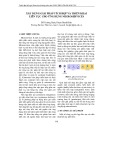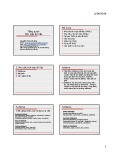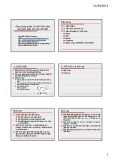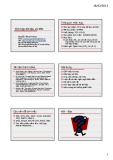
Indexers in Interfaces
You can declare indexers in an interface. To do this, specify the get and/or set keyword,
but replace the body of the get or set accessor with a semicolon. Any class or struct that
implements the interface must implement the indexer accessors declared in the interface.
For example:
interface IRawInt
{
bool this [ int index ] { get; set; }
}
struct RawInt : IRawInt
{
...
public bool this [ int index ]
{
get { ... }
set { ... }
}
...
}
If you implement the interface indexer in a class, you can declare the indexer
implementations as virtual. This allows further derived classes to override the get and set
accessors. For example:
class RawInt : IRawInt
{
...
public virtual bool this [ int index ]
{
get { ... }
set { ... }
}
...
}
You can also choose to implement an indexer by using the explicit interface
implementation syntax covered in Chapter 12, “Working with Inheritance.” An explicit

implementation of an indexer is non-public and non-virtual (and so cannot be
overridden). For example:
struct RawInt : IRawInt
{
...
bool IRawInt.this [ int index ]
{
get { ... }
set { ... }
}
...
}













![Câu hỏi trắc nghiệm Lập trình C [mới nhất]](https://cdn.tailieu.vn/images/document/thumbnail/2025/20251012/quangle7706@gmail.com/135x160/91191760326106.jpg)












